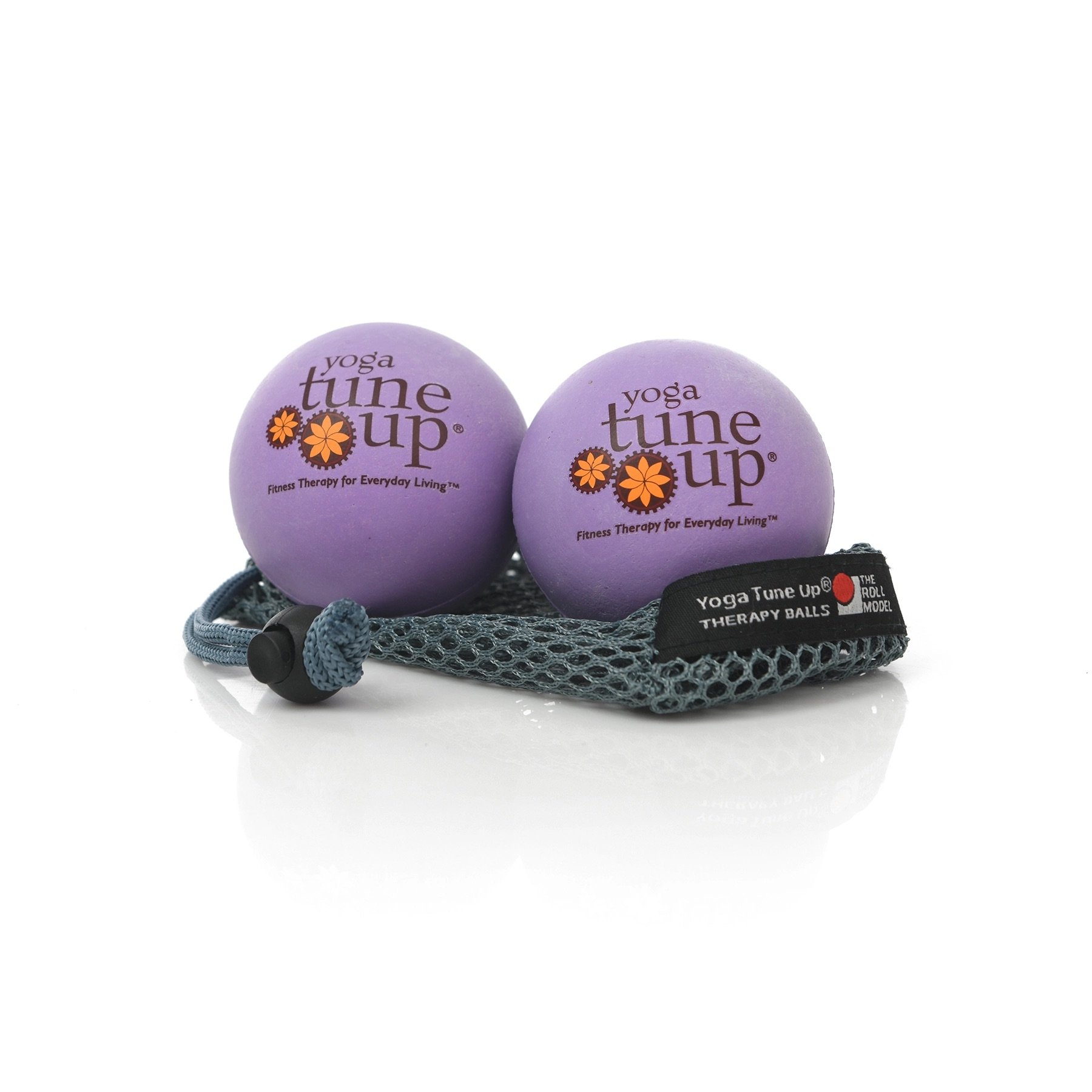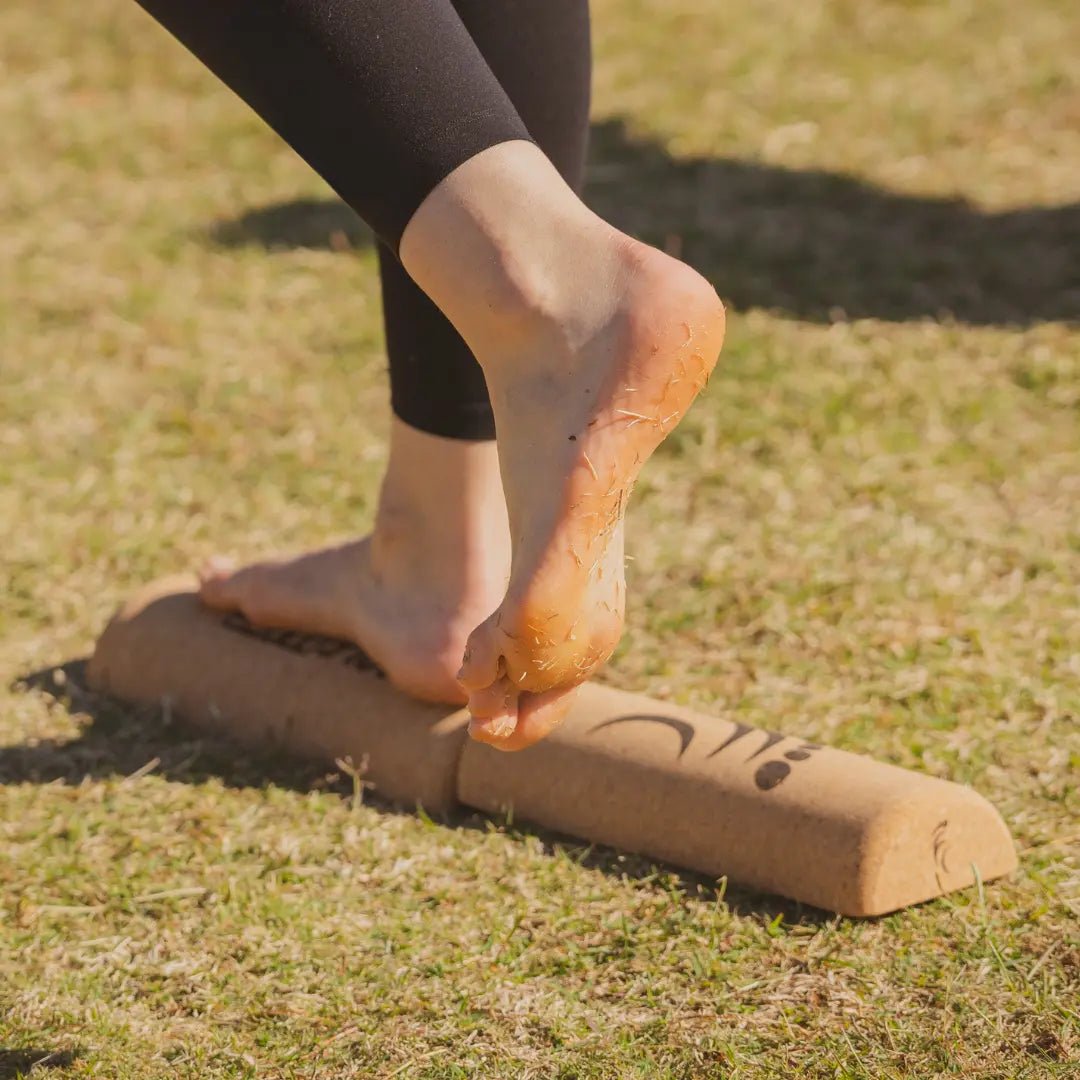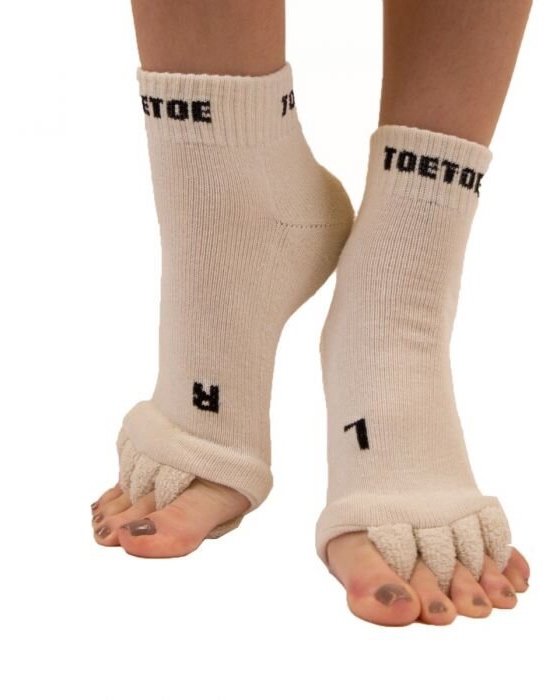Transition Shoes For Barefoot Beginners
Popular question: “What shoes are best to start wearing while I’m learning to restore my feet? Minimal soles are too flat and thin for me, I need some cushion.”
Tips for getting started with natural barefoot shoes
If you’re anything like me, once you hear about the benefits of natural foot-friendly footwear, you’ll want to throw out all your current shoes and make a full switch straight away.
But this is risky because your feet have been used to your conventional shoes for a long time ie your whole life, so switching to minimal sole, wide toe box and zero drop heel may be a step too far if it you make such a big change overnight.
3 key steps to transition safely to barefoot shoes without injury:
Footwear
Start with a single pair of shoes that have the following 3 components:
wide toe box
zero drop heel
flexible sole
I have included below a list of recommended shoes for transition.
Surfaces and Terrain
Consider the surfaces you spend the most time standing and walking on - are you likely to be using the shoes walking to work on pavement? Will you wear your shoes walking in nature ie a bumpy, textured, uneven surface?
Starting with a slightly thicker sole is a good place for beginners, so long as the shoe is flexible, the toe box wide and the sole flat from the ball of the foot to the heel.
Recommended shoe brands for transitioning to barefoot footwear.
Sneakers/Trainers
WYDE FOOTWEAR
BE LENKA Barebarics
LEMS
Altra Running
FLEETERS
Sandals
Softstar Camino Sandals
LUNA Sandals
Earthrunners
Get started with foot conditioning
Support your footwear transition with the following:
mobilise each toe manually with your hands to stretch out toes that have been used to tight, cramped spaces. Check out the Foot Foundations series in the Bodyspace Movement Library.
massage your feet with a pliable ball like the brilliant Yoga TuneUp Balls.
stretch your calves and widen your forefoot by standing on with a rolled up yoga mat or towel lengthways or use a SoleMate.
walk barefoot over textured surfaces like grass, sand, tree roots, cushions, scrunched up towel, rolled up yoga mat.
use toe spreaders to wake up the intrinsic muscles of the feet, improve dexterity and realign your toes.
sleep wearing Toe Separator Socks, to passively stretch your toes and feet.
Additional footwear transitioning tips:
Add an insole to increase cushioning if you feel the soles are not thick enough for you. You could try these Naboso Activation Insoles for added sensory input.
If you wear prescribed orthotics, wear them inside your new shoes and experiment with short periods of time ie 30 minutes per day going orthotics-free.
Be patient - this is a very gradual, slow and steady process.
If you need help with your transition, I offer Private Sessions in person and online specifically to support you with getting started with your foot restoration.













